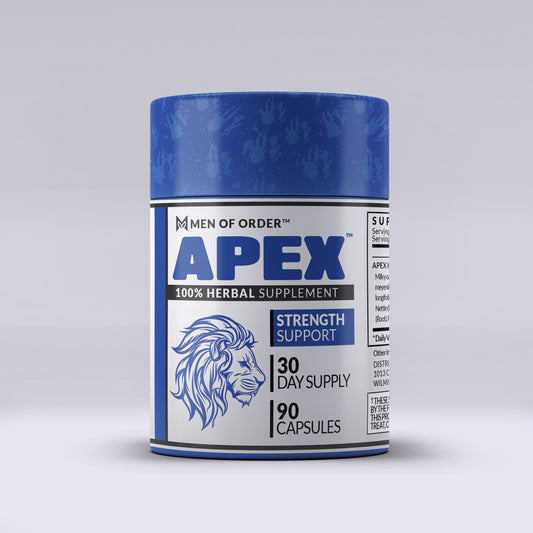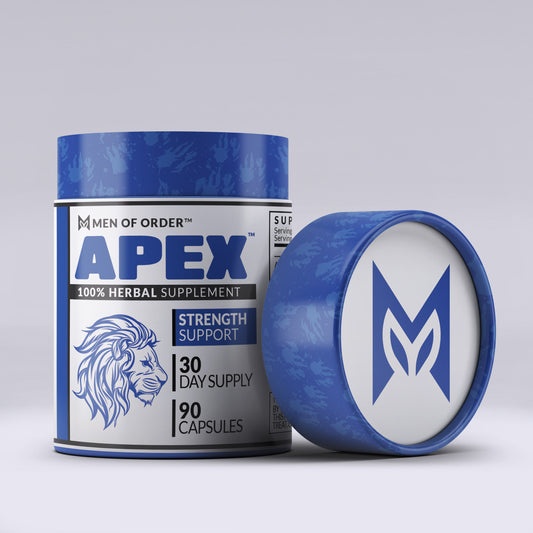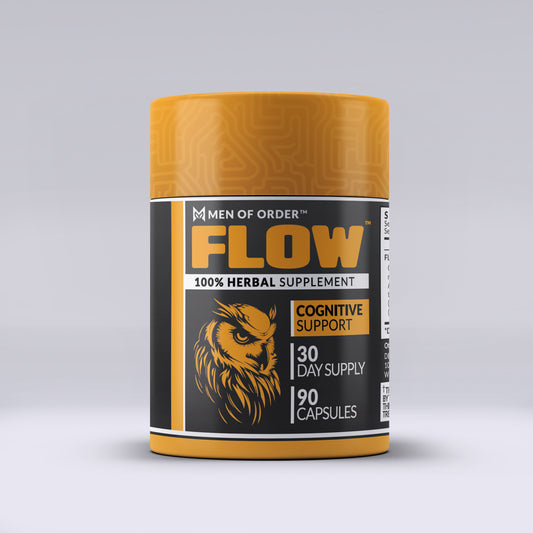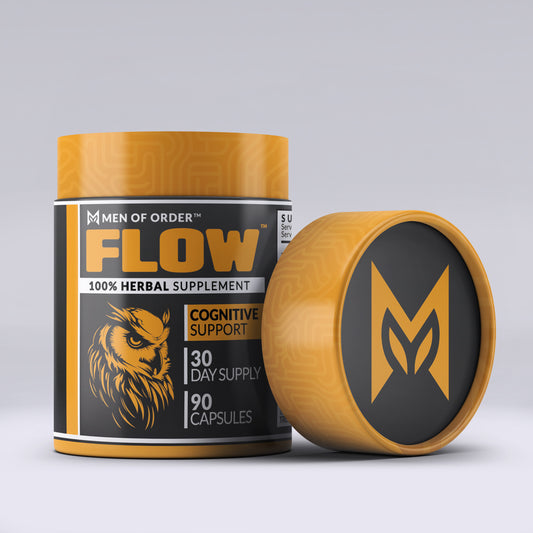The debt avalanche and debt snowball methods are two popular methods that people use to get organized and out of debt.
Due to the way the financial system works in America, the majority of citizens will incur debt at some point in their lives. With that being said, not all debt is bad debt and there are ways that you can use debt to your advantage, but for most people debt usually isn't a good thing.
Some of the most common types of bad debt are acquired through overusing credit cards, taking out student loans, or getting a bad auto loan.
Naturally, the objective needs to be to eliminate this bad debt so that you can concentrate on achieving financial freedom using effective investment strategies. Eliminating this bad debt will also remove a lot of stress from your life and bring a sense of relief.
Too many people end up in bad situations because of poor financial decisions, so it is important to educate yourself early so you don't end up in a bind.
Now if you have more than one loan, it may be stressful to figure out which one you should pay off first. There are two strategies that I believe are the most effective. The debt avalanche method and the debt snowball approach are the two major methods advised for debt relief.
Debt Avalanche
The “Debt Avalanche” will save you the most money on your total debts and this is why I believe it is the most effective strategy.
The first loan you want to focus on is the one with the highest interest rate. After the highest interest rate loan is paid off, you will continue this process with the remaining loans.
However, making the bare minimum payment on each loan you owe each month is part of the avalanche method of debt repayment. Any remaining money for your debt repayments will be used toward the debt of the loan that has the highest interest rate.
- Organize your debts from largest to smallest interest rate
- Make minimum payments on all debts EXCEPT Highest Interest Rate
- Pay as much as possible towards Highest interest rate loan
- Once paid off, add what you were paying to the next highest interest debt
Let’s say you have an extra $200 a month to put toward your loans. You take that extra $200, add it to the minimum payment and use it to attack the largest interest rate loan. Once it is paid off, you take that $200 along with the monthly minimum and put it towards the next largest interest rate loan.
The chart is organized from greatest to smallest by interest rate.
$350, $200, and $150 represent each loan's monthly minimum:
| Loan | Total | Interest Rate | Monthly Payment |
| Auto Loan | $8,000 | 9% | $350+$200=$550 |
| Credit Card | $5,000 | 5% | $200+$550=$750 |
| Student Loan | $10,000 | 4% | $150+$750=$900 |

Debt Snowball
The snowball technique tackles the debt with the smallest balance, whereas the avalanche method concentrates on the debt with the greatest interest rate.
Using this strategy, you also pay the minimum amount due each month on all of your debts. However, any money that is left over after paying off your other debts is applied to your smallest loan instead of the one with the biggest interest rate.
For those who need an immediate incentive to stay motivated, the Debt Snowball is a fantastic method. The loan with the least TOTAL DOLLAR AMOUNT is the one you should pay off first, and after it is, repeat the process for the next smallest loan.
- Organize your debts from smallest to largest total amount
- Make minimum payments on all debts EXCEPT smallest one
- Pay as much possible towards smallest loan
- Once paid off, add what you were paying to the next smallest total
Let’s say you have an extra $200 a month to put toward your various loans. You take that extra $200, add it to the minimum payment and use it to attack the largest total amount loan. Once it is paid off, you take that $200 along with the monthly minimum and put it towards the next largest total loan.
The chart is organized from smallest to greatest total amount.
$350, $200, and $150 represent each loan's monthly minimum:
| Loan | Total | Interest Rate | Monthly Payment |
| Credit Card | $5,000 | 5% | $200+$200=$400 |
| Auto Loan | $8,000 | 9% | $350+$400=$750 |
| Student Loan | $10,000 | 4% | $150+$750=$900 |
Which Method is Best?
Which method of debt repayment is the best? Well, there isn't just one correct response, it depends on everyone's unique situation.
The debt avalanche strategy might appear better because it can help you save money on interest and increases the likelihood that you'll be debt-free sooner, but for some people, it can be discouraging.
Successfully repaying all of your lenders doesn't simply depend on having the money; it's also a mental game and challenge. The snowball approach is beneficial because you see wins sooner, and for some people, confidence is exactly what they need.
Analyze your situation and figure out whats best for you.
















